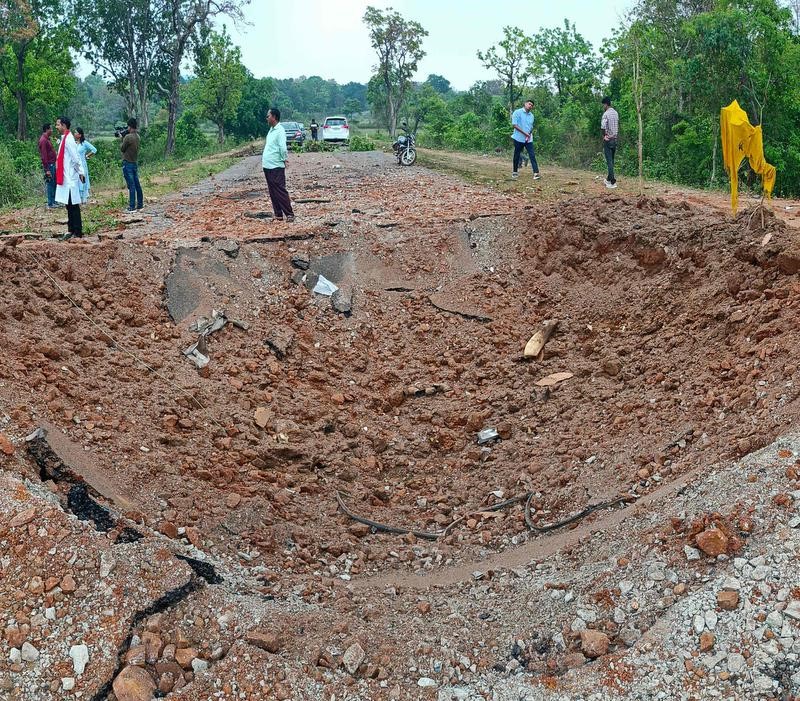Free Courses Sale ends Soon, Get It Now


Free Courses Sale ends Soon, Get It Now



Disclaimer: Copyright infringement not intended.
Context
What Is It?
Elements of an IED
Materials Used as Explosives in IEDs
History of IEDs
Types of IEDs
Package/Container Type IED
Vehicle-borne IED
Suicide-borne IED
What are the Effects?
Damage to Structures and to Infrastructure
Secondary Hazards
Immediate Health Effects
Delayed Health Effects
Challenges associated with such attacks in India
Way Forward
|
PRACTICE QUESTION Q) The reaction time available for “Counter Ambush drill” is a few seconds in an IED ambush. Hence, all standard operating systems and procedures are directed towards identification and detection of IEDs/landmines. In this regard, what mechanisms do you suggest to put in to place while dealing with IED ambush. (250 words) |
© 2024 iasgyan. All right reserved